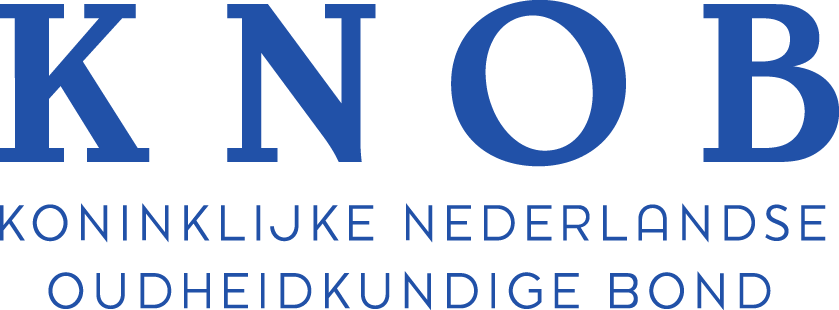Abstract
OverHolland 20 looks at the future development of Amsterdam from various points of view. Since 2016 the city of Amsterdam, which is famed for its expansion plans, has been focusing closely on densification. As part of its strategy to develop a city with high quality of life (based on a circular economy and health), the city council’s Koers 2025: ruimte voor de stad (Target 2025: room for the city’) programme aims for densification with at least 50,000 new dwellings. Most of these will be created in the ‘Ring Zone’: the area between the pre- and post-war city along the A10 motorway, the circular railway and the banks of the River IJ. In the years to come this area is set to develop into the ‘link between the centre and the districts outside the ring, and the gateway to the city from the surrounding region’.
What can we expect such a development to entail? This was the key question in AMS Mid-City: imagining Amsterdam in 2050, the graduation studio supervised by Professor Kees Kaan at Delft University of Technology’s Faculty of Architecture, which in partnership with the Amsterdam Institute for Advanced Metropolitan Solutions (AMS) mapped out the possible results of the programme for a number of locations in Amsterdam. OverHolland 20 opens with a selection of four projects, introduced by Ruud Brouwers.
Manuela Triggianese and Roberto Cavallo then sum up all the policy proposals regarding the station sites in Amsterdam, particularly the stations along the circular railway that are important to the further development of the Ring Zone. However, apart from the South Amsterdam station, there are few if any specific plans to develop the areas round these stations; and this suggests that Target 2025 will eventually have little impact. Time is running out for careful planning.
In any case, the question remains whether promises will be realized, let alone desirable. The future, as cast in figures, words and images, is leading to debate and possible alternatives. How was this done in Amsterdam in the past? The ‘Mapping Randstad Holland’ team (Esther Gramsbergen, Otto Diesfeldt and Iskandar Pané), whose studies are regularly published in OverHolland, depict Amsterdam’s spatial development in two series of maps. The first shows the development of the built urban area in the years 1850, 1910, 1940, 1970, 2000 and 2030, indicating the residential and work areas and the main infrastructural features: waterways, railways and roads, tram and metro lines, and station sites. The expected map for 2030 includes not only the situation in 2015 but also the projected new building sites in Target 2025.
The second series of maps shows the locations and shifts of the main municipal institutions in the same years. This gives an impression of how city centre formation has so far proceeded. We are mainly talking here about what J. J. van der Velde’s 1968 Stadsontwikkeling van Amsterdam (‘Urban development of Amsterdam’) termed ‘central institutions, serving the populations of the whole city and indeed the country’, which according to the author ‘by their nature and character belonged together with shops, commercial premises and offices in the city centre.’
As an introduction to these maps, Henk Engel looks in particular at the fate of the 1930s General Expansion Plan for Amsterdam (Algemeen Uitbreidingsplan van Amsterdam, AUP). He focuses on the role of the AUP as an ‘architectural model’, which for over three decades served as the guiding principle for the city’s urban development, and wonders whether Target 2025 has introduced a new paradigm. As a concluding counterpoint to the articles on Amsterdam, Freek Schmidt looks at Bouwen van woning tot stad (‘Building from dwelling to city’), a drawn criticism of the AUP dating from the wartime years.
As usual, the ‘Polemics’ section discusses issues that diverge from passing trends and the overheated practice of architecture and urban planning. Suboffice’s Like Bijlsma and Eireen Schreurs and De Nijl Architecten’s Endry van Velzen remind us that only a few years ago, during the economic crisis, Dutch urban development and housing production were at their lowest ebb. The authors examine the new practice of small housing projects based on collective private commissioning (CPC), which emerged in the wake of the crisis and was warmly welcomed by various Dutch local authorities as a way of producing at least some housing. The unique qualities that can be achieved with such projects speak in favour of continuing and supporting this type of small-scale project development together with those directly involved, even now that the building and property market has moved from depression into a manic phase.
Finally, Jurjen Zeinstra introduces us to a type of architectural teaching that particularly focuses on assimilating the architect’s craft: the use of drawings and the production of models. In this connection the choice of Heinrich Tessenow’s work is a wise one, for the simplicity and subtlety of his work are shock therapy for the current generation of students.
How to Cite
Published
Issue
Section
License
Copyright (c) 2019 OverHolland

This work is licensed under a Creative Commons Attribution 4.0 International License.



